



If you find yourself wandering through Budapest’s XI. kerület,also known as Újbuda,you’ll quickly notice it’s a neighborhood that hums with a laid-back,authentic energy. It’s not the flashy heart of the city,but that’s exactly what makes it feel so genuine. Picture tree-lined streets where locals stroll with their morning coffee,the scent of fresh pastries wafting from cozy bakeries mixing with the earthy aroma of the nearby Danube. The vibe here is relaxed yet vibrant,a place where old-school charm meets youthful creativity. As you explore,you’ll hear the gentle chatter of students from the nearby universities,the clinking of glasses in friendly pubs,and the occasional strum of a guitar from a street musician. The architecture is a fascinating blend—classic Hungarian buildings with their ornate details sit comfortably alongside modern cafes and art spaces. Stop by one of the local markets and you’ll taste the rich flavors of traditional Hungarian fare—think hearty goulash,fresh paprika,and sweet,flaky pastries that melt in your mouth. What really makes Újbuda stand out is its sense of community. It’s a place where you can feel the pulse of everyday life,from families picnicking in leafy parks to artists showcasing their work in small galleries. Whether you’re sipping a craft beer by the river or wandering through quiet streets dotted with colorful murals,this district invites you to slow down and soak in a side of Budapest that’s warm,welcoming,and wonderfully real.
The information on this page is currently being reviewed by Tripkliq and should be used as a guide only
Eng word: Hello
Eng pronunciation: See-ya
Local language: Szia
Eng word: Goodbye
Eng pronunciation: Vees-laht
Local language: Viszlát
Eng word: Thank you
Eng pronunciation: Kuh-suh-nuhm
Local language: Köszönöm
Eng word: How much
Eng pronunciation: Men-yee-beh keh-rool
Local language: Mennyibe kerül
Eng word: Toilet
Eng pronunciation: Vay-tsay
Local language: WC
Eng word: Help me
Eng pronunciation: Sheg-eet-sheg
Local language: Segítség
Eng word: Yes
Eng pronunciation: Ee-gen
Local language: Igen
Eng word: No
Eng pronunciation: Nem
Local language: Nem
Eng word: Excuse me
Eng pronunciation: El-ney-zesht
Local language: Elnézést
Budapest XI. kerület, also known as Újbuda, was officially formed in 1930. It is one of the largest and most populous districts in Budapest, known for its vibrant cultural scene and historical significance.
Gellért Hill, located in Újbuda, is a UNESCO World Heritage site. It offers stunning panoramic views of Budapest and is home to the iconic Gellért Statue and the Citadella.
The Gellért Thermal Bath, opened in 1918, is one of the most famous and luxurious thermal baths in Budapest. It features beautiful Art Nouveau architecture and offers a range of therapeutic treatments.
Móricz Zsigmond körtér is a major transportation hub and a lively square in Újbuda. It is named after the famous Hungarian writer Zsigmond Móricz and is surrounded by shops, cafes, and cultural venues.
Opened in 2009, Allee Shopping Center is a modern retail and entertainment complex in Újbuda. It offers a wide range of shops, restaurants, and a cinema, making it a popular destination for both locals and tourists.
Bartók Béla Boulevard is a cultural hotspot in Újbuda, named after the renowned Hungarian composer Béla Bartók. The boulevard is lined with galleries, theaters, cafes, and bookstores, making it a vibrant area for arts and culture.
Eötvös Loránd University (ELTE), one of Hungary's oldest and most prestigious universities, has several faculties located in Újbuda. The university has a rich history dating back to 1635 and is a center for academic excellence.
Kopaszi Dam is a popular recreational area in Újbuda, offering beautiful green spaces, walking paths, and waterfront cafes. It is a perfect spot for relaxation and outdoor activities along the Danube River.
The A38 Ship, moored on the Danube River in Újbuda, is a unique cultural venue and concert hall. It was converted from a Ukrainian stone-carrier ship and has been named one of the best bars in the world by Lonely Planet.
In Budapest XI. kerület, the most common Power Adaptor is Type C, Type F.


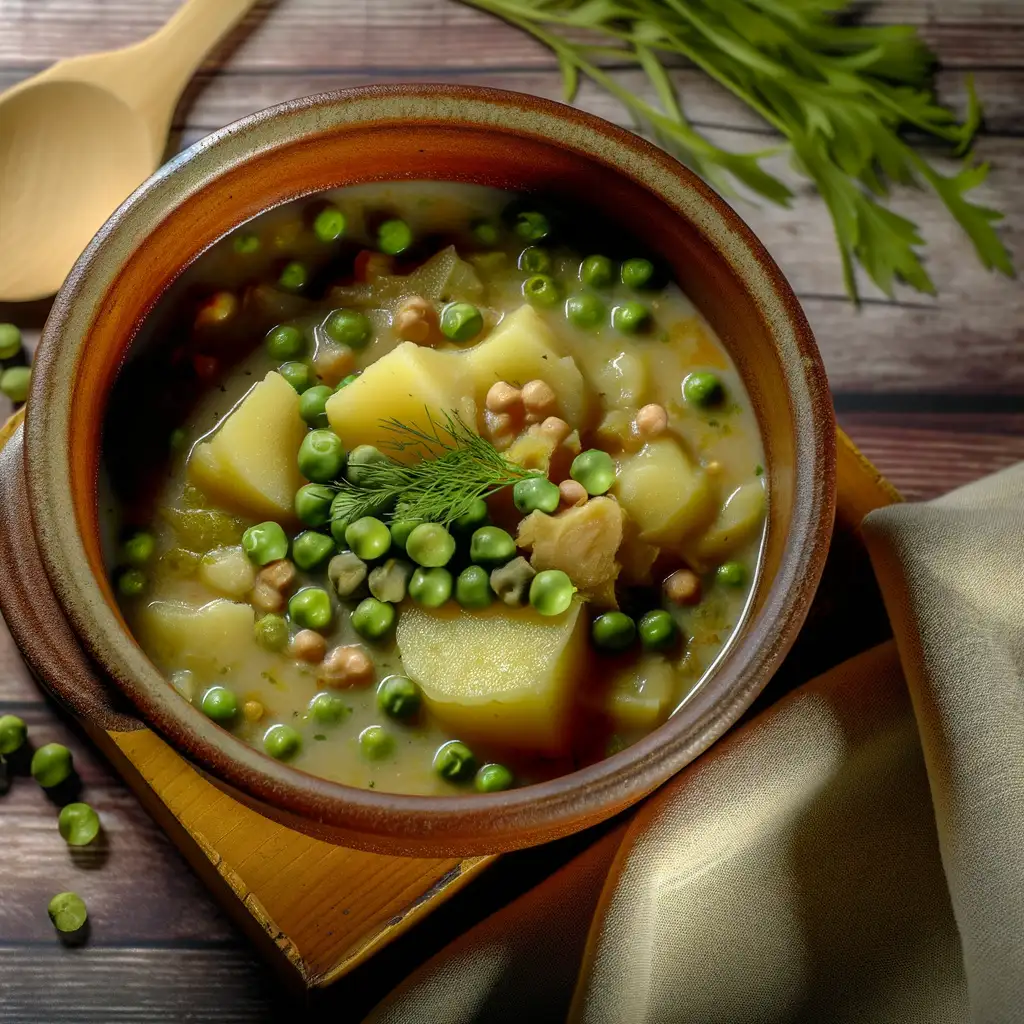
A thick vegetable stew, often made with potatoes, peas, or lentils, served as a side dish or main course.
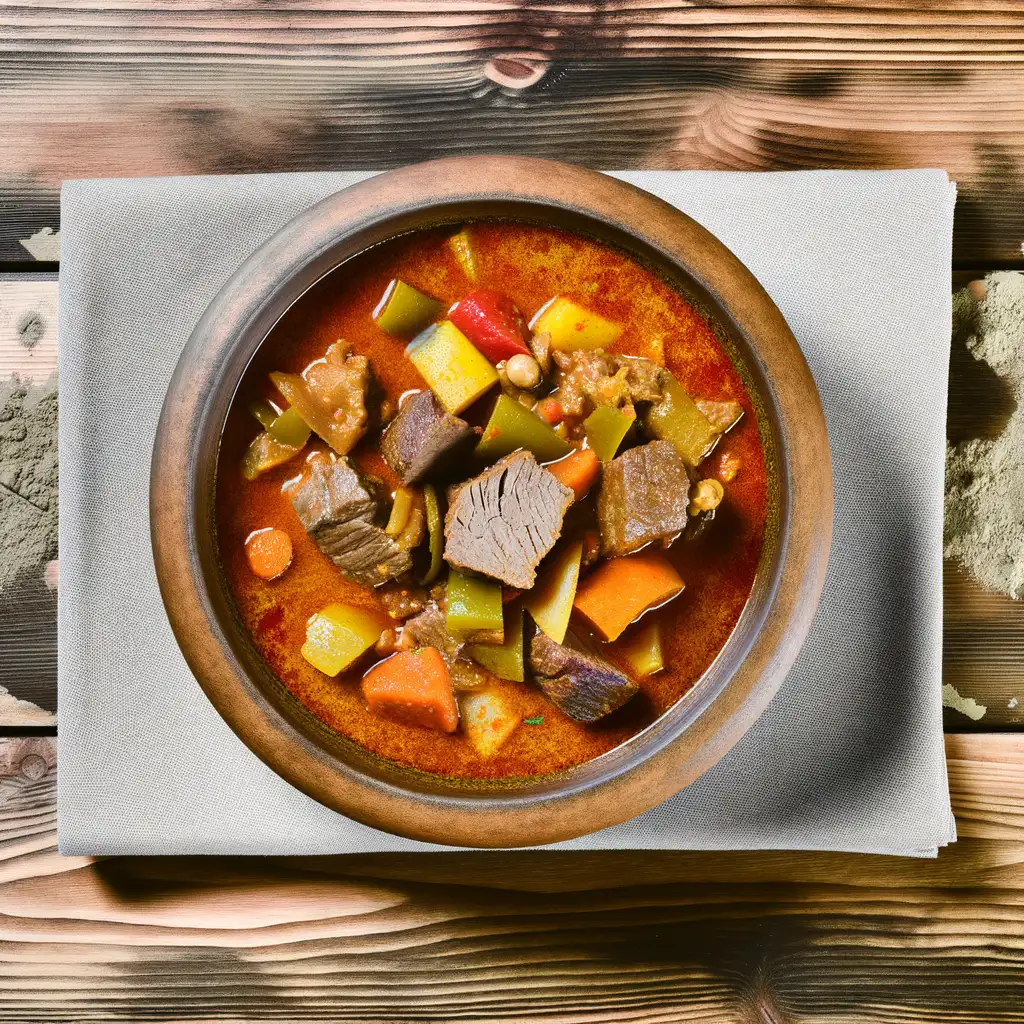
A traditional Hungarian stew made with beef, vegetables, and paprika, often served with bread.
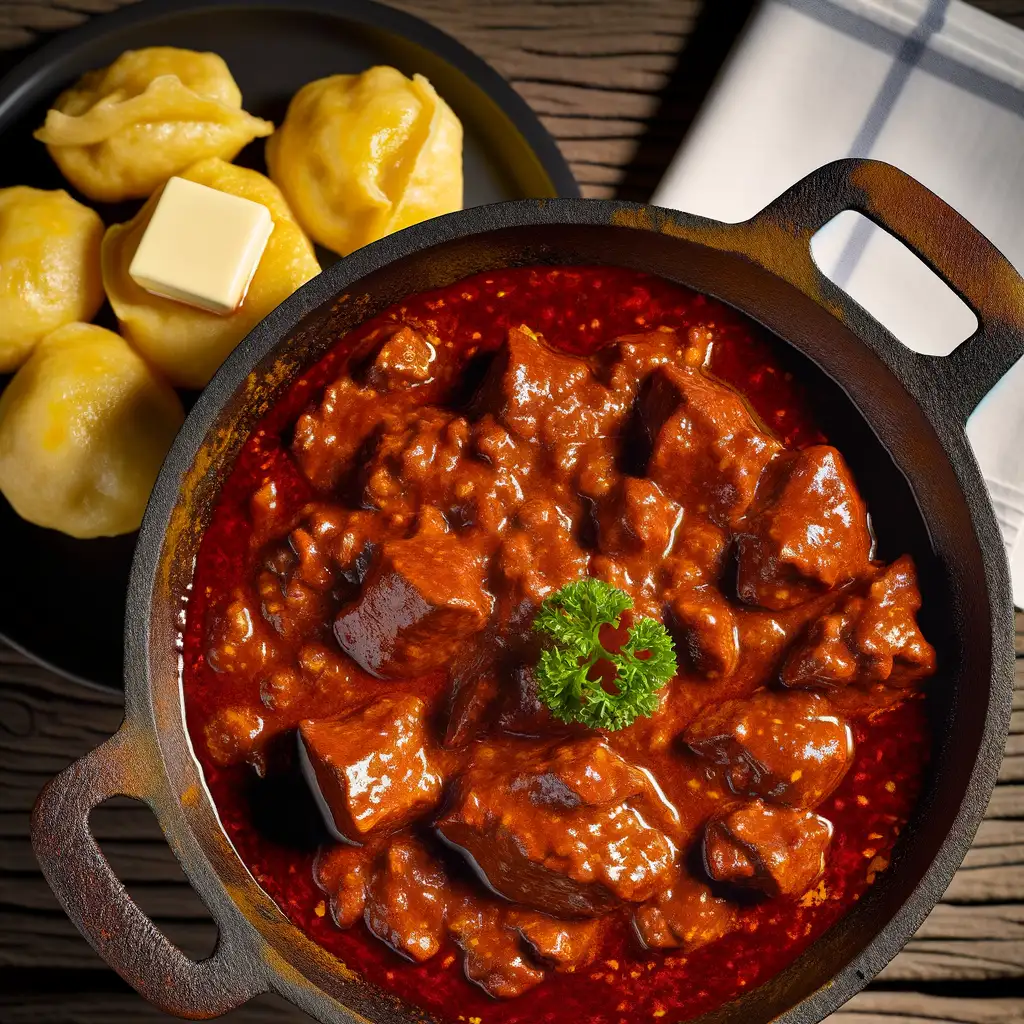
A meat stew similar to goulash, made with beef, pork, or chicken, and flavored with paprika and onions.

A deep-fried flatbread typically topped with sour cream, cheese, or garlic, popular as a street food.

Savory pancakes filled with meat, typically served with a rich sauce, often enjoyed as a main dish.
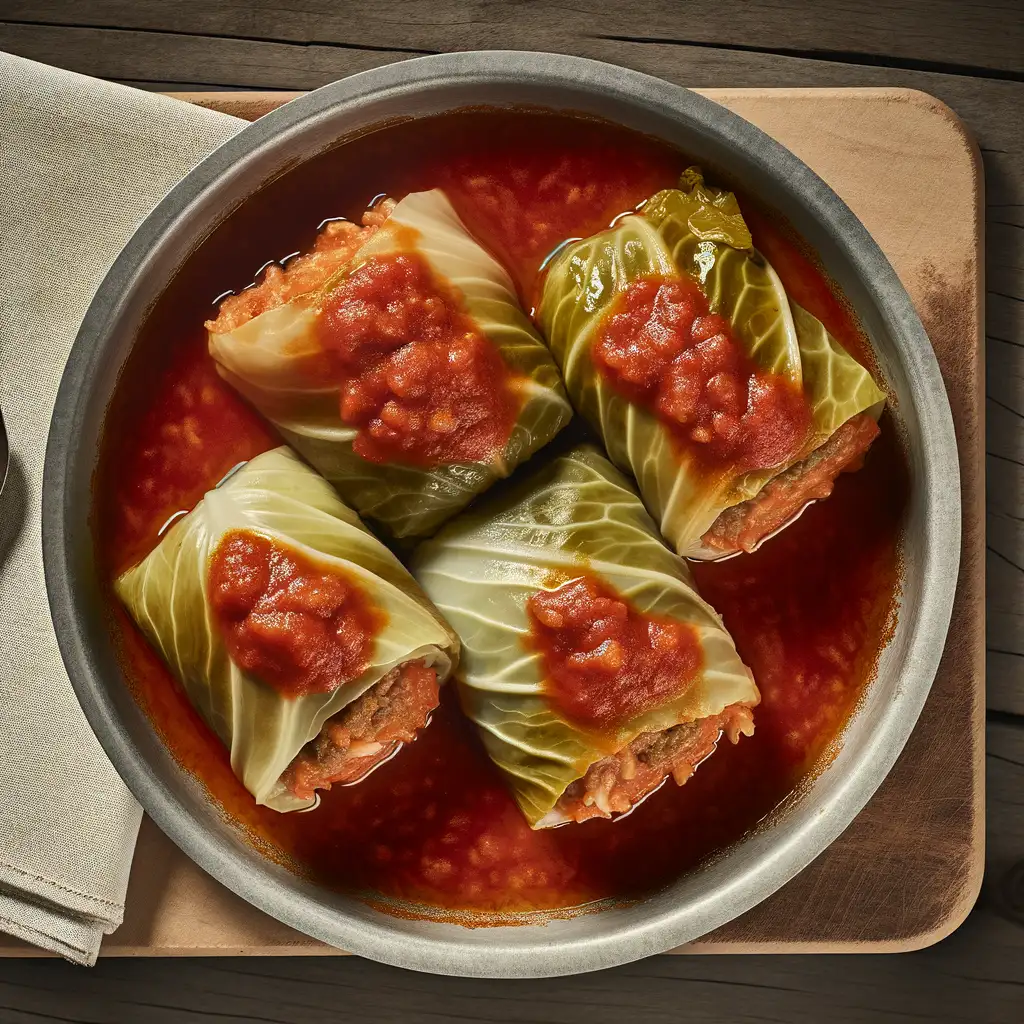
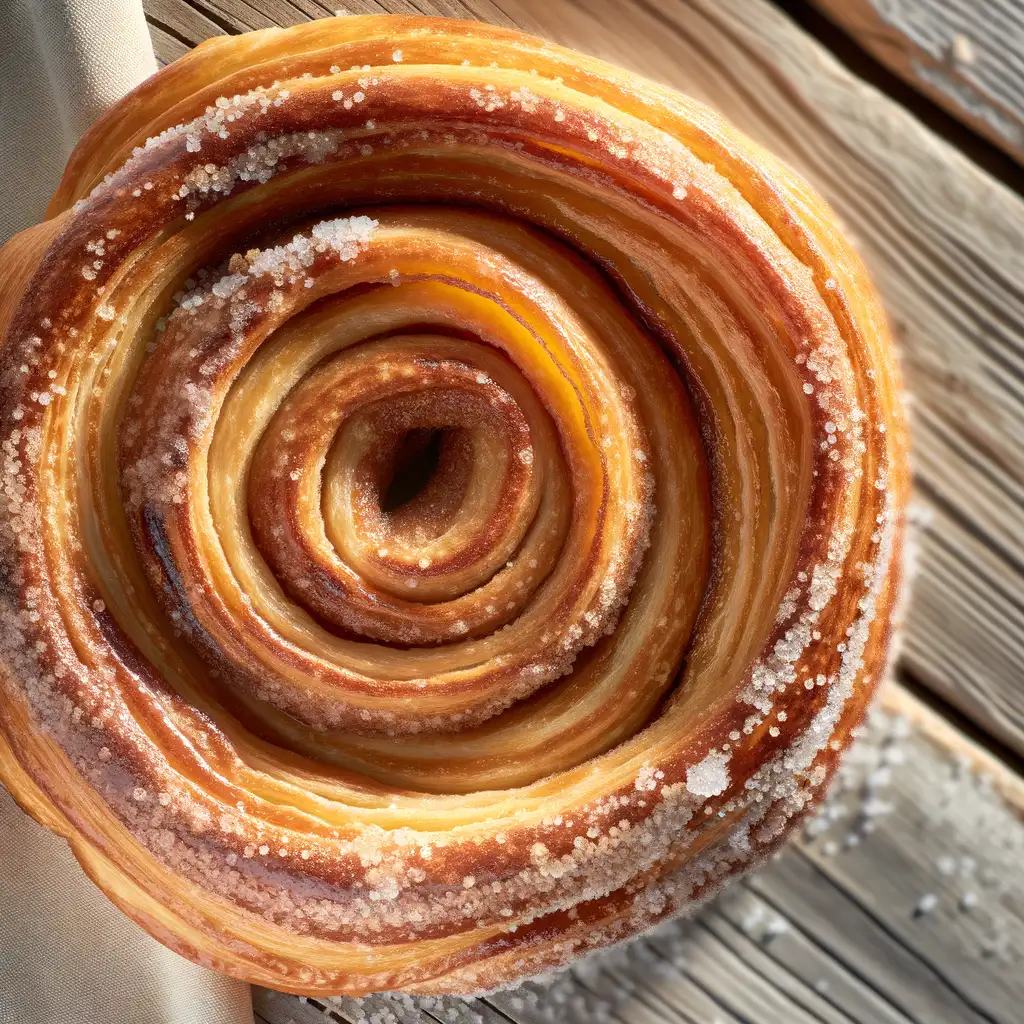
A sweet, spiral-shaped pastry cooked over an open flame, coated in sugar and often flavored with cinnamon or nuts.

Stuffed cabbage rolls filled with a mixture of meat and rice, cooked in a savory tomato sauce.
Vienna feels like stepping into a living storybook where every street hums with history and charm. The moment you wander through its grand boulevards,you’re wrapped in a warm embrace of baroque architecture,cozy coffeehouses,and the gentle melodies of street musicians playing waltzes nearby. There’s a rhythm to the city — elegant yet inviting — where the past and present dance together effortlessly.
As you stroll along the Danube or through the lush gardens of Schönbrunn Palace,you catch the scent of freshly baked strudel mingling with the earthy aroma of roasted coffee beans from a nearby café. The city’s café culture is something special; sitting down with a slice of Sachertorte and a strong Viennese coffee feels like a small,delicious ritual. You’ll hear the soft clink of porcelain cups and the murmur of locals deep in conversation,making you feel instantly at home.
Vienna’s character is a blend of refined artistry and genuine warmth. It’s a place where grand opera houses and modern galleries coexist,and where the locals’ pride in their musical heritage is palpable. Whether you’re exploring the vibrant Naschmarkt with its colorful stalls or catching a live performance in a centuries-old concert hall,Vienna invites you to slow down,savor the moment,and soak in its timeless elegance.
Prague feels like stepping into a storybook where every corner hums with history and charm. The moment you wander onto the cobblestone streets of the Old Town,you’re wrapped in a warm,timeless embrace. The air carries a mix of fresh-baked pastries and rich coffee from cozy cafés,mingling with the faint scent of aged wood and stone from centuries-old buildings. As you stroll across the iconic Charles Bridge,the soft murmur of the Vltava River below blends with the distant melodies of street musicians,creating a soundtrack that’s both lively and soothing.
What’s truly captivating about Prague is its effortless blend of old and new. Gothic spires and baroque facades stand proudly alongside vibrant street art and bustling markets. The city pulses with a creative energy,from the quirky art galleries tucked away in narrow alleys to the lively beer gardens where locals and travelers clink glasses over hearty Czech fare. There’s a genuine warmth in the way people share their culture,whether it’s through a friendly chat in a pub or an invitation to a traditional music performance.
At night,Prague transforms into a magical place where the city lights dance on the river’s surface and the aroma of roasted chestnuts fills the air. It’s a city that invites you to slow down,savor every moment,and get lost in its stories. Trust me,once you’ve experienced Prague’s unique rhythm and soul,it stays with you long after you’ve left.
If you find yourself wandering through Okres Bratislava I,you’ll immediately notice a unique blend of old-world charm and vibrant city life that feels both cozy and electric. The cobblestone streets of the historic center invite you to slow down and soak in the atmosphere,where the scent of fresh pastries mingles with the faint hum of street musicians playing in the squares. It’s the kind of place where every corner tells a story—whether it’s the medieval walls of Bratislava Castle standing proudly above the Danube or the colorful facades of buildings lining Michalská Street.
What really makes Bratislava I special is its rhythm. Mornings start with locals sipping rich Slovak coffee in sun-dappled cafés,while afternoons buzz with the chatter of artists and students spilling out from galleries and bookshops. The city’s character is a warm mix of tradition and creativity,where centuries-old churches sit side by side with trendy bistros serving up hearty bryndzové halušky (potato dumplings with sheep cheese) that taste like a comforting hug.
As evening falls,the lights reflecting off the Danube create a magical glow,and the air fills with the aroma of grilled meats and fresh bread from nearby markets. Whether you’re wandering through leafy parks or catching a live jazz set in a tucked-away cellar bar,Bratislava I feels like a place that invites you to linger,explore,and fall a little in love with its easygoing spirit and rich culture.
Imagine wandering through a city where the old world gently brushes against the new,and every corner hums with a quiet,inviting energy—that’s Zagreb. From the moment you step into its cobbled streets,you’re wrapped in a warm,lived-in charm. The air carries the scent of fresh coffee mingling with blooming linden trees,while the distant chatter from open-air cafés spills into the streets,inviting you to slow down and savor the moment. Zagreb doesn’t shout for attention; it welcomes you like an old friend,with a smile and a story.
The city’s character is a delightful blend of Austro-Hungarian elegance and vibrant Croatian spirit. Strolling through the Upper Town,you’ll catch glimpses of medieval towers and baroque facades,while the Lower Town buzzes with modern life—art galleries,quirky boutiques,and lively markets where you can taste local cheeses,honey,and the unmistakable sweetness of fresh figs. Music often drifts from street performers,adding a soundtrack to your exploration that feels both spontaneous and soulful.
What makes Zagreb truly special is its rhythm—unhurried yet alive. Whether you’re sipping a glass of robust Croatian wine in a cozy tavern or watching the sunset paint the rooftops in shades of gold and rose,there’s a sense of belonging here. It’s a city that invites you to not just see it,but to feel it,to become part of its story,even if just for a little while.
If you wander into Belgrade,you’ll immediately feel its pulse—a lively mix of old-world charm and raw,youthful energy. The city hums with life,especially along the banks of the Danube and Sava rivers,where locals gather at quirky cafés and buzzing bars that spill out onto cobblestone streets. There’s a certain warmth in the air,a blend of roasted coffee,fresh pastries,and the faint,smoky aroma of grilled meats from nearby street vendors. It’s a place where history and modernity collide,with imposing fortress walls standing guard over vibrant street art and sleek,contemporary galleries.
Walking through Belgrade’s neighborhoods,you’ll hear a medley of languages and laughter,the clinking of glasses,and the occasional street musician strumming a guitar. The city’s character is unapologetically bold—Serbs are fiercely proud yet incredibly welcoming,eager to share stories over a glass of rakija or a hearty plate of ćevapi. The markets brim with fresh produce and homemade cheeses,inviting you to taste the authentic flavors of the region.
What makes Belgrade truly unforgettable is its spirit of resilience and celebration. Whether you’re exploring the bohemian district of Skadarlija with its lively taverns or watching the sunset from Kalemegdan Fortress,you’ll sense a city that’s constantly reinventing itself while holding tight to its roots. It’s a place that invites you to slow down,soak in the atmosphere,and become part of its ongoing story.
Imagine stepping into a city where every corner feels like a scene from a timeless painting—Venice is exactly that kind of place. The moment you arrive,the gentle lapping of water against ancient stone buildings wraps around you like a soft melody. Instead of streets,there are winding canals,and instead of cars,gondolas glide silently beneath ornate bridges,their oars dipping rhythmically into the emerald water. The air carries a mix of salty sea breeze and the faint aroma of fresh espresso and baked pastries from nearby cafés,inviting you to slow down and savor the moment.
Venice has this magical,almost dreamlike quality. The light here is different—soft and golden in the mornings,casting long shadows on the labyrinth of narrow alleys and colorful facades. You’ll find yourself wandering without a map,getting delightfully lost among the bustling markets,where vendors call out in melodic Italian,selling everything from fresh seafood to vibrant Murano glass. The city’s rich history whispers from every corner,from the grandeur of St. Mark’s Basilica to the quiet charm of tucked-away piazzas where locals sip wine and chat as if time has paused.
What makes Venice truly unforgettable is its rhythm—slow,intimate,and deeply human. It’s a place where you can hear the laughter of children playing by the water,the clinking of glasses in cozy trattorias,and the soft hum of a street musician’s violin. Visiting Venice isn’t just about seeing a city; it’s about feeling its heartbeat,tasting its flavors,and becoming part of its endless story.
Tourists may be lured into bars or clubs with promises of cheap drinks, only to receive an inflated bill or be pressured to pay for expensive items.
Scammers may approach tourists asking for donations to fake charities. Avoid giving money to strangers on the street.
Tourists may be offered poor exchange rates or counterfeit currency at unofficial exchange booths. Use reputable banks or ATMs for currency exchange.
Scammers may sell fake tickets to attractions or offer non-existent tours. Always book tickets and tours through official or reputable sources.
Crowded areas, public transport, and tourist hotspots are common places for pickpocketing. Keep your belongings secure and be cautious of distractions.
Some restaurants may inflate bills by adding hidden fees or charging for items not ordered. Always check the menu prices and your bill carefully.
Some street performers may demand payment after engaging tourists in their act, even if the tourists did not agree to participate.
Some taxi drivers may overcharge tourists by taking longer routes or using rigged meters. Always use licensed taxis or ride-hailing apps.
Hungary has strict drug laws, and the possession, use, or distribution of illegal drugs is a criminal offense. This includes cannabis, which is illegal for both recreational and medicinal use. Penalties can be severe, including imprisonment. Tourists should avoid any involvement with illegal drugs to avoid legal consequences.
In Budapest XI. kerület, as in the rest of Hungary, smoking is prohibited in all enclosed public spaces, including restaurants, bars, and public transportation. Smoking is also banned in certain outdoor areas such as playgrounds, bus stops, and within a certain distance from the entrances of public buildings. Designated smoking areas are available in some places, and fines can be imposed for violations.
Vaping is subject to similar regulations as smoking in Budapest XI. kerület. It is prohibited in enclosed public spaces and certain outdoor areas. Vaping is allowed in designated areas, and violators may face fines. It is advisable to look for signs indicating whether vaping is permitted in a specific area.
What are other people saying about Budapest XI. kerület?
Recent Social posts about Budapest XI. kerület
There is nothing to show you for now.